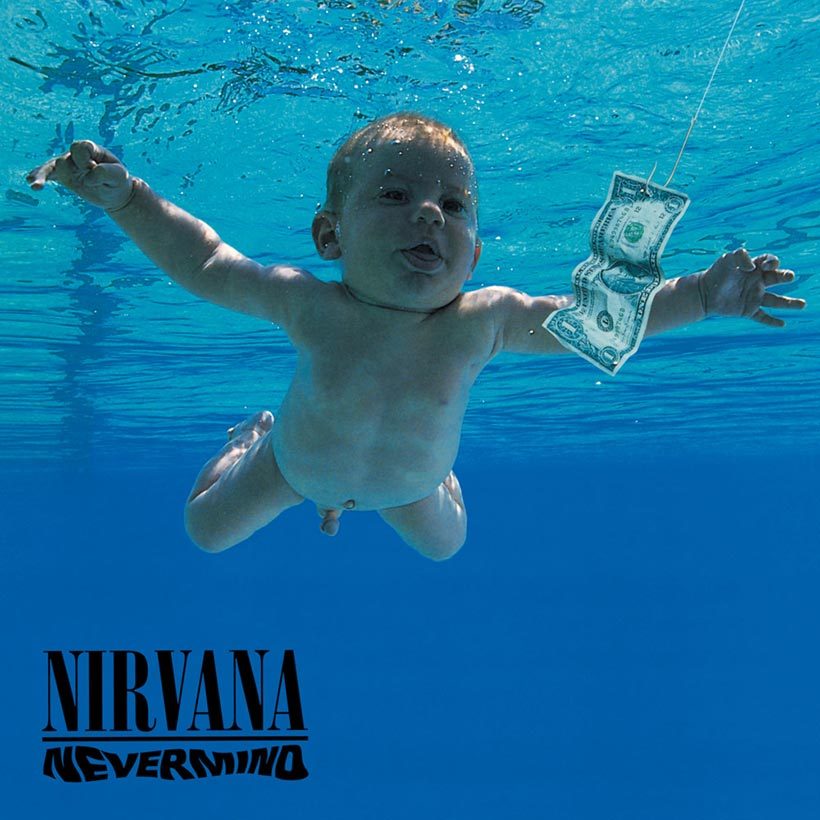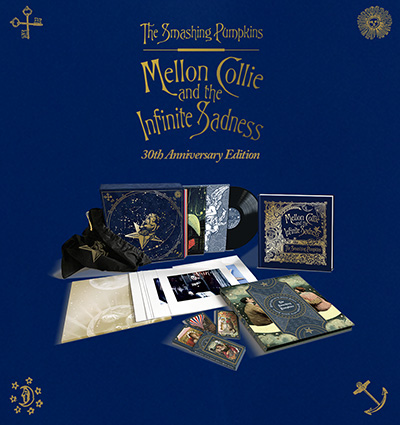How Nirvana Redefined Teen Spirit And Rewrote Rock With ‘Nevermind’
The album made a modest start, but turned into a defining record for the seminal Seattle band and for rock itself.

When a band from Aberdeen, Washington called Nirvana – who’d thus far failed to chart in America with their debut Sub Pop album Bleach – released Nevermind on September 24, 1991, not many observers would have guessed what was about to happen.
The phrase “cultural revolution” is over-used, but few would deny that suddenly, here was a record, and a frontman in Kurt Cobain, that not only re-routed rock music but spoke to a generation, and those to follow, as few ever have. Its continuing relevance is succinctly described by Dr Jerry Thackray, now a lecturer at the BMI Institute and, as journalist Everett True, a Nirvana confidant. “It just seemed to sum up not being able to cope with being an adolescent,” he said.
Just as punk had done 15 years earlier, the urgent sound and the teen spirit of Nevermind called listeners back to music who had felt disenfranchised by the corporate rock milieu of the day, and in particular by seemingly all-powerful hair metal and high-gloss pop. It took a moment, but all around the world, from South Africa to South America, across Europe and the Far East, this new sound lit a cultural fuse and became the poster album for the grunge generation.
The creation of the album began in earnest in May of 1991. Pointing the way was the non-LP single “Sliver,” which Cobain later said “was like a statement in a way. I had to write a pop song and release it on a single to prepare people for the next record. I wanted to write more songs like that.”
The prospects for the impending sessions were not entirely auspicious. Producer Butch Vig told Rolling Stone: “The week before I flew to L.A., Kurt sent a cassette, which was done on a boombox. It was really terrible sounding. You could barely make out anything. But I could hear the start to ‘Smells Like Teen Spirit,’ and I knew it was amazing.”
With a reported budget of $65,000, Nirvana and Vig went into Sound City Studios in Van Nuys, California. Match-fit from extensive rehearsals of the new songs, and true to their punk ethos, the band rarely took more than two takes to get each of the recordings they wanted. Sometimes, they would be singing lyrics moments after Cobain had finished writing them.
“The only hard thing was dealing with Kurt’s mood swings,” Vig told Billboard on the album’s 20th anniversary in 2011. “He was extremely bipolar and you never had any idea how he was going to be at any given moment. But they were really focused and had practiced a lot. We worked in pre-production to tighten the songs up and they were having fun, man.
“They were signed to a major label for the first time in their life; they had a little money. They were staying at the Oakwood Apartments, and they all said that the rental apartment was the best place they had ever lived in their whole life. And they were going to see shows. They dropped mushrooms and went to the beach all night long. We did the record really fast. I think we were in the studio maybe 16 or 18 days. So it wasn’t really a labored effort in any way.”
Nevermind started slowly, with a UK debut at No.36 and a cautious entry to the Billboard 200 at No.144, but it became both a critical landmark and a commercial juggernaut. It ranked No.17 in Rolling Stone’s all-time Top 500 album list and racked up a chart life of five years, with a 252-week run on the survey.
In America alone, during Christmas week of 1991, the album sold a spectacular 374,000 copies in a mere seven-day frame. As a fringe benefit, suddenly everyone also wanted to know about that overlooked debut album, and Bleach made its own chart debut in January, 1992, two and a half years after release.
The catalyst that helped Nevermind to its worldwide conquest was, of course, Nirvana’s signature single “Smells Like Teen Spirit,” which raged like a bonfire of isolation and anger and became its own mainstream, turning platinum in America for one million sales.
Everett True, reviewing the album on release for Melody Maker, wrote: “Forget all the prejudices you may or may not have about bands whose origins may or may not lie in Seattle’s Sub Pop scene of three years back. There will not be a better straight-ahead rock album than Nevermind released all year.”
Nevermind added new honors to its multi-platinum status with remarkable regularity. It went double platinum in the same week that it hit No.1, and triple platinum just a month later. By June 1992, quadruple, by November, quintuple. In March 1999, it joined the exclusive club of albums with diamond status, for ten million US shipments.
Vig’s comments about listening to Nevermind again in 2011 ring as true now as then. “It still sounds fresh,” he said. “In my opinion, I don’t think it sounds dated. One of the reasons is because it’s guitar, bass, and drums. There isn’t a keyboard sound from the 80s. Sometimes you hear a sound on the radio and the production sound dates it. I don’t really hear that in Nevermind. It’s drums recorded in a room with bass, guitars and vocals. I think it sounds as fresh and exciting now as it did back then.”















Pingback: Nirvana's 'Nevermind' Debuts Quietly On The Charts 25 Years Ago | MusicVaultz
Allen Lotz
February 16, 2020 at 1:13 am
Sad that it all ended for Kurt. Who knows what he could of accomplished had he lived .
gio
March 19, 2021 at 7:25 pm
kurt was a absolute ledgend at guitar i look up to him as a aspiring guitar player